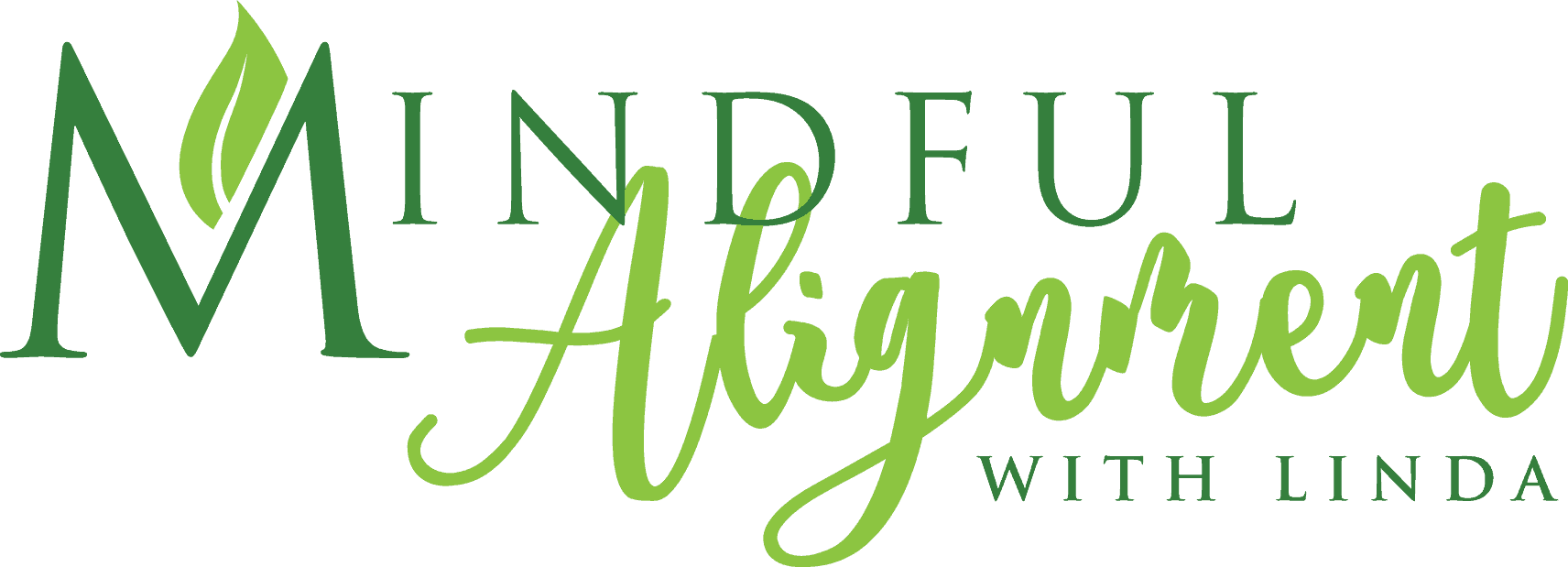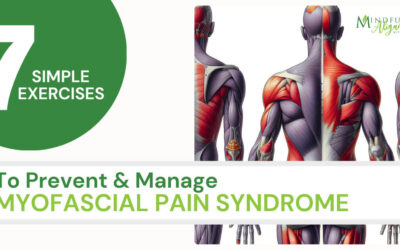Insights and Strategies for Back Pain Management
The Connection Between Stress and Pain
Stress and pain are intertwined in a complex relationship that significantly impacts our quality of life. The more stress we experience, the tighter our muscles become, leading to decreased movement and increased stiffness. This stiffness can make movement difficult, leading to pain.
Both stress and associated pain can drastically affect our daily lives, creating a cycle that can be challenging to break. Recent research and insights into back pain provide a deeper understanding of this connection and offer new directions for treatment and management.
What Happens to Our Body When We Experience Stress
When we experience stress, our muscles and nerves tense, sending signals through a bundle of nerves to a switching station at the spine’s base and then up to the brain. The brain responds by telling the muscles to contract, causing tension and pain. This cycle can become self-perpetuating, where pain leads to more stress, which in turn leads to more pain.
One effective way to break this cycle is to reduce muscle tension through movement, breathing, and intention practices such as yoga. Yoga incorporates movement, breathing, and meditation, which can help reduce stress and, consequently, muscle tension.
The Effects of Chronic Stress on the Body
Chronic stress leads to the overproduction of cortisol, a stress hormone. Elevated cortisol levels can cause inflammation, pain, and fatigue. Additionally, a constant state of stress increases heart rate, blood pressure, and respiration rate, causing shallow breathing and contraction of capillaries. Over time, stress hormones can damage the body, impacting the digestive system, restricting the absorption of essential nutrients, and increasing pain.
The Research on How Stress Affects the Body
A report published by the National Center for Biotechnology Information (NCBI) explained that anxiety exacerbates pain through activation in the hippocampus, a part of the brain that helps the body recover from the ‘fight or flight‘ response. Anxiety triggers tension, which precipitates pain. Focusing on pain can amplify it and increase stress, whereas finding distractions and engaging in enjoyable activities can help reduce the focus on pain.
Avoiding Exercise Can Make the Problem Worse
Avoiding exercise due to fear of worsening pain can increase stress and perpetuate pain. On the other hand, continuing with an exercise regimen can help reduce pain intensity. When muscles are tight on one side of the body, the same muscles on the other can weaken, leading to imbalanced muscle length and increased pain. Movement practices like yoga help to better balance the body.
Researchers from the University of South Australia conducted a study to better understand the clinical course of lower back pain, a condition affecting millions worldwide. Published in the Canadian Medical Association Journal, the study offers fresh insights and potential directions for future treatment.
Key Findings
The study highlighted the significant role of psychosocial factors such as stress, anxiety, and depression in developing and persisting back pain. Mental health plays a crucial role in the experience and management of pain.
- Sedentary behavior and specific occupational settings involving repetitive movements or heavy lifting were identified as significant risk factors for developing back pain.
- Early intervention is crucial in managing back pain. Timely and appropriate treatment can prevent the development of chronic pain.
The study recommended a holistic approach to treating back pain, addressing physical symptoms and the psychological and social dimensions of the patient’s life.
Implications for Management
Integrated Care Models: Healthcare providers are encouraged to adopt integrated care models involving multidisciplinary teams, including physiotherapists, psychologists, and occupational therapists, to address the various facets of back pain.
Mental Health Support: Incorporating mental health support into treatment plans is essential. Cognitive-behavioral therapy (CBT) and other psychological interventions can help manage the emotional and psychological aspects of chronic pain.
Promotion of Physical Activity: Encouraging regular physical activity and exercises tailored to strengthen the back and core muscles can prevent and alleviate back pain. Programs promoting movement and proper posture can be particularly beneficial.
Workplace Interventions: Implementing ergonomic interventions and promoting frequent breaks can reduce the incidence of back pain in high-risk occupations. Training on proper lifting techniques and maintaining good posture is also crucial.
Back Pain Insights and Strategies Summary
Stress and pain are closely linked, with each exacerbating the other in a harmful cycle. Breaking this cycle through movement, stress management techniques and a holistic approach to treatment is essential. Recent research on back pain underscores the importance of addressing both physical and psychological factors to manage and alleviate pain effectively. By adopting integrated care models, supporting mental health, promoting physical activity, and implementing workplace interventions, we can improve pain management strategies and enhance the quality of life for those affected by pain.
Here are a few videos to help guide you on your health and wellness journey:
Are you tired of living with pain?
Are your activities and daily choices determined by your level of pain?
Are you ready to change your life for the better and gain back your physical freedom?
My unique and custom designed approach comes from years of training, education and experience. Together, we will get you back to living pain free and enjoying life.
Sign up for a private session today
It’s never too late to try something new.

Related Articles:
Embracing Change: A Journey of Small Steps
Embracing change through small steps: Focusing on small, consistent steps emphasizes sustainability and avoids overwhelming change, which is key to maintaining health goals.
Managing Pain Between the Scapulas
Identify and manage pain between the scapulas (shoulder blades). Helpful tips to relieve interscapular pain and keep it from returning.
Preventing and Managing Myofascial Pain Through Exercise
Prevent and manage Myofascial Pain Syndrome in the back with these daily movements and targeted exercises. This approach provides an effective solution.
Myofascial Pain Syndrome and How to Manage It
Myofascial Pain Syndrome is a chronic pain condition that affects the muscles and fascia. Here are common causes and methods for management and prevention.




